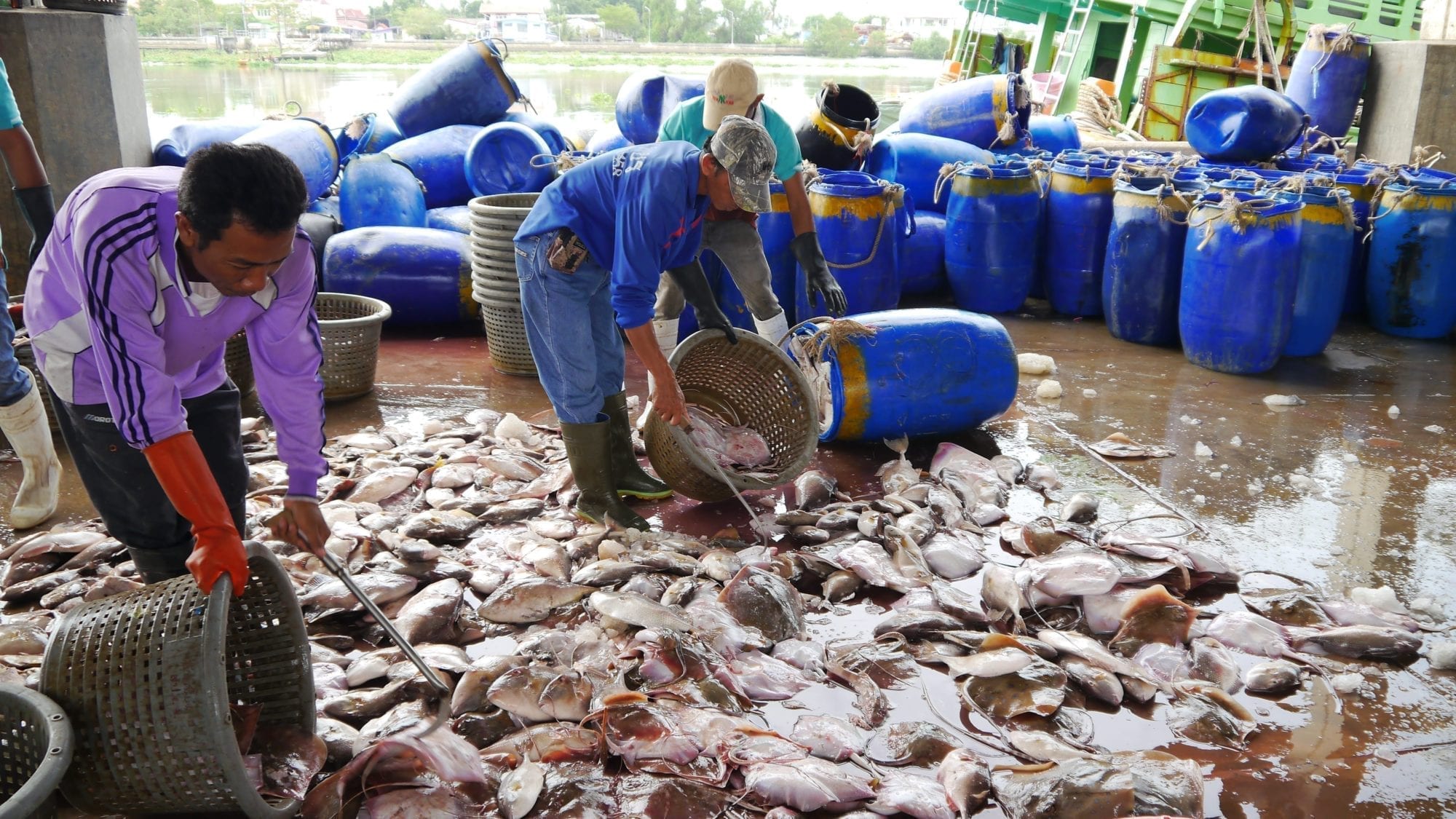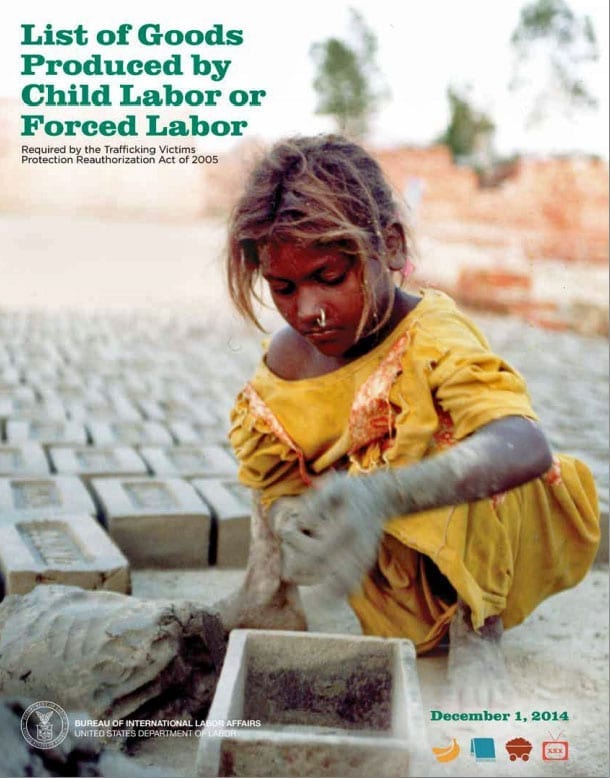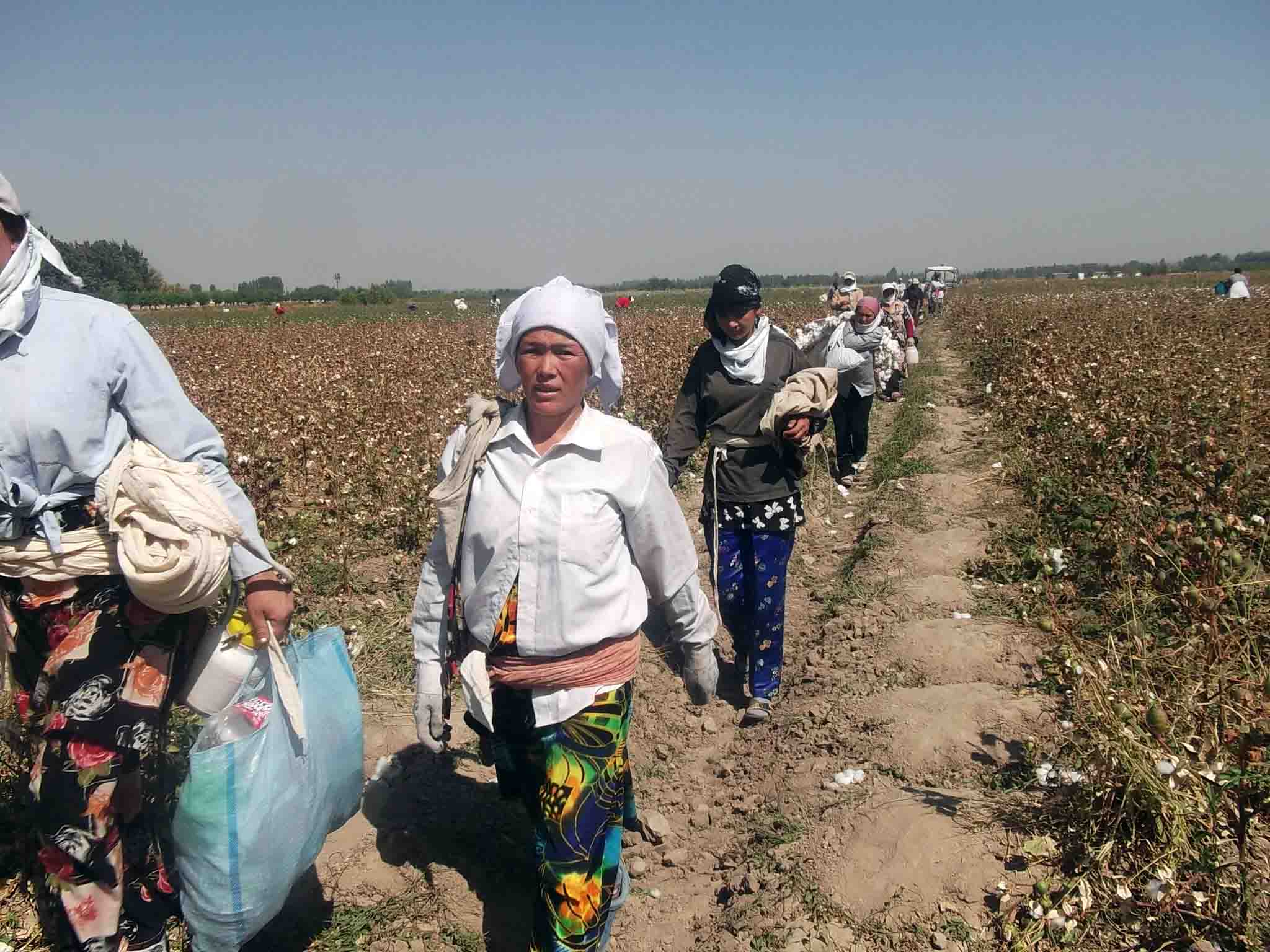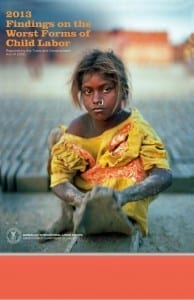
Jan 15, 2015
Some 45 labor groups and other nongovernmental organizations (NGOs) sent a letter to the Thai prime minister yesterday protesting a proposed plan to use prison labor on fishing boats.
Saying the plan threatens the human rights of prisoners and likely goes against the International Labor Organization’s convention on forced labor, the letter states:
“The Thai government should recognize the only way to address the labor shortage on Thai fishing vessels is to make enforcement of labor laws on fishing boats a priority and improve conditions so that the sector can attract workers to voluntarily work on the boats.”
Thailand’s move comes despite worldwide attention on abuses in the Thai fishing industry. In June, the U.S. State Department downgraded Thailand in its annual Trafficking in Persons Report, which could subject Thailand to sanctions, among them the withholding or withdrawal of U.S. non-humanitarian and non-trade-related assistance.
In the letter, the organizations, which include the International Trade Union Confederation and the AFL-CIO, state that if the program goes forward, they will raise concerns with the U.S. State Department as it prepares its 2015 assessment of Thailand’s performance on trafficking in persons.
Last year, a Guardian series documented the horrors endured by migrant workers who often are tricked by labor recruiters and sold into bondage. Estimates of migrant workers in Thailand range from 200,000 to 500,000. In 2013, an ILO survey of nearly 600 workers in the Thai fishing industry found that almost none had a signed contract, and about 40 percent had wages cut without explanation. Children were also present aboard fishing boats.
Forced prison labor is not the solution to Thailand’s worker rights abuses, the organizations say in the letter to Prime Minister Prayut Chan-o-cha.
“Simply replacing vulnerable migrant workers with released prisoners will not solve the abusive working conditions and many other problems present in the Thai fishing industry.”
Thailand is the world’s third-largest seafood exporter, and its fishery production accounts for $8 billion annually.

Dec 3, 2014
Cotton production involves the most child labor and forced labor in the world, according to the 2014 “List of Goods Produced by Child Labor or Forced Labor” by the U.S. Labor Department’s Bureau of International Labor Affairs.
Overall, 126 goods are produced annually by child labor and 55 goods produced through forced labor. Most of the goods, like cotton, are found in common items like T-shirts or are among popular foods, such as melons and rice.
The sixth annual report, released this week, added 11 goods produced with children’s labor: garments from Bangladesh; cotton and sugarcane from India; vanilla from Madagascar; fish from Kenya and Yemen; alcoholic beverages, meat, textiles and timber from Cambodia; and palm oil from Malaysia. Electronics from Malaysia made the list for being produced with forced labor.
Uzbekistan, listed among countries using forced labor, including children, for cotton production, routinely requires teachers to leave classrooms and work in the country’s annual cotton harvest, according to a report the Uzbek-German Forum issued last month.
The lengthy list of goods produced with child labor and forced labor includes garments, fish coffee, shrimp and other shellfish, tea, corn, tobacco and peanuts.
See the full list.

Nov 14, 2014
Uzbekistan continued using forced labor, including children, for the country’s recent cotton harvest, with more teachers than ever compelled to toil in the fields this year, according to a report released today by the Uzbek-German Forum.
In schools across the country this fall, 50 percent to 60 percent of all teachers were absent from classrooms at any given time, leaving schools severely understaffed and unable to conduct normal classes.
The report, a preliminary look at Uzbekistan’s state-sponsored labor system of cotton production this season, found that the government forced fewer children to work but replaced them with university students and public- and private-sector employees.
Yet the report documented numerous instances of child labor in several regions and concluded that “these cases indicate that the government of Uzbekistan has not undertaken durable, structural reforms to eliminate definitively child labor in Uzbekistan. Nor has the government made it clear to local officials that child labor will not be tolerated and task them with enforcing laws prohibiting child labor.”
The assessment parallels that of the U.S. State Department, which in October placed Uzbekistan among 12 countries with the worst forms of child labor. The State Department report, “Findings on the Worst Forms of Child Labor,” listed Uzbekistan as one of three countries, along with the Democratic Republic of Congo and Eritrea, that received the assessment because of government complicity in forced child labor.
The Uzbek-German Forum report, compiled by experienced researchers in six regions of Uzbekistan as well as the capital, Tashkent, found a large number of injuries and deaths during this season’s harvest, including at least 17 people who died and 35 who were injured after being struck by cars or tractors. Individuals forced to pick cotton were housed in garages, unused farm buildings or local schools, nearly all of which were unheated and without water or hygiene facilities.
For decades, more than 1 million Uzbeks have been forced to pick cotton each fall. They are threatened with the loss of jobs, social benefits and public utilities if they do not participate. Many face fines and criminal prosecution, according to the report.
Profits of Uzbek’s cotton sector support only the government, according to the Uzbek-German Forum. Farmers are forced to meet state-established cotton quotas, purchase supplies from one state-owned enterprise and sell the cotton to a state-owned enterprise at artificially low prices. The system traps farmers in poverty, and the state profits from high-priced sales to global buyers who use the cotton for goods made by brand-name retail and apparel supply chains.
Read the full report: “The Uzbek-German Forum for Human Rights Preliminary Report on Forced Labor During Uzbekistan’s 2014 Cotton Harvest,”
Oct 9, 2014
 In Uzbekistan, empty classrooms and children working in cotton fields during the annual fall cotton harvest contributed to the country’s ranking as among those with the worst forms of child labor in the world, according to a report released yesterday by the U.S. Department of Labor.
In Uzbekistan, empty classrooms and children working in cotton fields during the annual fall cotton harvest contributed to the country’s ranking as among those with the worst forms of child labor in the world, according to a report released yesterday by the U.S. Department of Labor.
The annual “Findings on the Worst Forms of Child Labor” placed Uzbekistan among 12 other countries at the bottom of the report’s rankings and one of three, along with the Democratic Republic of Congo and Eritrea, that received the assessment as a result of government complicity in forced child labor.
The report assesses efforts by more than 140 countries to reduce the worst forms of child labor and indicates whether countries have made significant, moderate, minimal or no advancement over the previous year. Thirteen countries were cited as making significant advancement, compared with 10 countries in last year’s report. Among them: Brazil, Ecuador, El Salvador, South Africa and Tunisia.
Through a detailed country-by-country description, the report includes data on children’s work and education, national laws and regulations regarding child labor and other key information. Globally, 10 percent of the world’s children—168 million children, of whom 85 million labor in hazardous work—toil in factories, mines and farms, unable to attend school.
Regionally, the report cites sub-Saharan Africa, home to 30 percent of the world’s child laborers, as the area with the largest number of children working in hazardous conditions. An estimated 59 million children ages 5–17 are engaged in child labor in sub-Saharan Africa, or 21.4 percent of all children in the region.
Elsewhere, 77.8 million children ages 5–17 are engaged in child labor in the Asia and Pacific region, some 9.3 percent of all children in the region. In Latin America and the Caribbean, 12.5 million children work, accounting for 8 percent of all children in the region. In the Middle East and North Africa, 9.2 million children—8 percent of all children in the region—are engaged in child labor.
A list of goods produced by child or forced labor also is included as part of the report, which this year is dedicated to retiring Rep. Tom Harkin (D-Iowa). Harkin, a champion of worker rights, has long led the fight to end child labor globally, and spearheaded legislation in 2000 that mandated compilation of the annual “Findings of the Worst Forms of Child Labor.”
Jun 20, 2014
Thailand, Malaysia and Venezuela failed to comply with the minimum standards to address human trafficking over the past year, according to the State Department in its annual Trafficking in Persons Report (TIP) released today.
The three countries were downgraded from the department’s “Tier 2 Watch List” to “Tier 3.” Such a downgrade makes the countries liable to sanctions, which could include the withholding or withdrawal of U.S. non-humanitarian and non-trade-related assistance. The State Department is required by law to move countries off the Tier 2 Watch List after two years on the list (or four years with a waiver).
Migrant workers, primarily from Burma and Cambodia, work in slave-like conditions on Thai fishing boats, fueling the country’s $7 billion seafood export industry and making it the world’s third-largest exporter. Many migrant workers toil in forced labor and are held against their will on the boats where they are beaten and even killed. A recent Guardian series is the latest report on the horrors endured by migrant workers who often are tricked by labor recruiters and sold into bondage. Estimates of migrant workers in Thailand range from 200,000 to 500,000.
A survey by the International Labor Organization (ILO) last year of nearly 600 workers in the Thai fishing industry found that almost none had a signed contract, and about 40 percent had wages cut without explanation. Children were also found on board. A 2009 U.N. report found that about six out of 10 migrant workers on Thai fishing boats reported seeing a co-worker killed. In another report, migrant workers say they were trafficked and forced to work for up to 20 hours per day with little or no pay. Many migrant workers in Thailand are in debt bondage.
The Solidarity Center was one of the first organizations to publish a comprehensive report about labor exploitation in the Thai seafood industry back in 2007 entitled The True Cost of Shrimp.
The Solidarity Center works with several allied organizations in Thailand, including the Migrant Worker Rights Network (MWRN), to combat trafficking for forced labor. In April, the MWRN negotiated an unprecedented $1.67 million severance package for 1,200 laid-off Burmese migrant workers. The Solidarity Center provided the legal analysis and opinion that showed the workers’ employer was legally bound to pay severance to the migrant workers.
Also in April, the MWRN and the Human Rights and Development Foundation (HRDF), another key Solidarity Center partner, rescued a Burmese migrant worker who was sold and forced to work on a fishing boat. The MWRN and HRDF also contacted the police to rescue other trafficking victims from the fishing boat. The boat captain was arrested and the Solidarity Center is monitoring the police investigation to ensure all perpetrators are brought to justice.
Formed in 2009, the MWRN in recent years has focused on negotiating with employers for better wages and working conditions. In one instance, the MWRN negotiated commitments from employers to continue employing migrant workers with expired visas until they received new visas, rather than fire workers as employers had done.
The MWRN also secured commitments from the Thai government not to arrest migrant workers working on expired visas and to fine employers for firing such workers. The Solidarity Center provides support to the MWRN to educate migrant workers about their right to freedom of association. As a result, MWRN membership has grown from 700 to 3,000 in the past year.
The strong support for collective bargaining is also reflected in an ILO survey, which shows a majority of fishers interviewed—nearly 51 percent—say they are interested in union representation.
The Solidarity Center has for years promoted freedom of association as a key strategy for preventing human trafficking, forced labor and other forms of severe labor exploitation and the Trafficking in Persons report shows how much more needs to be done by the government to address labor trafficking.




